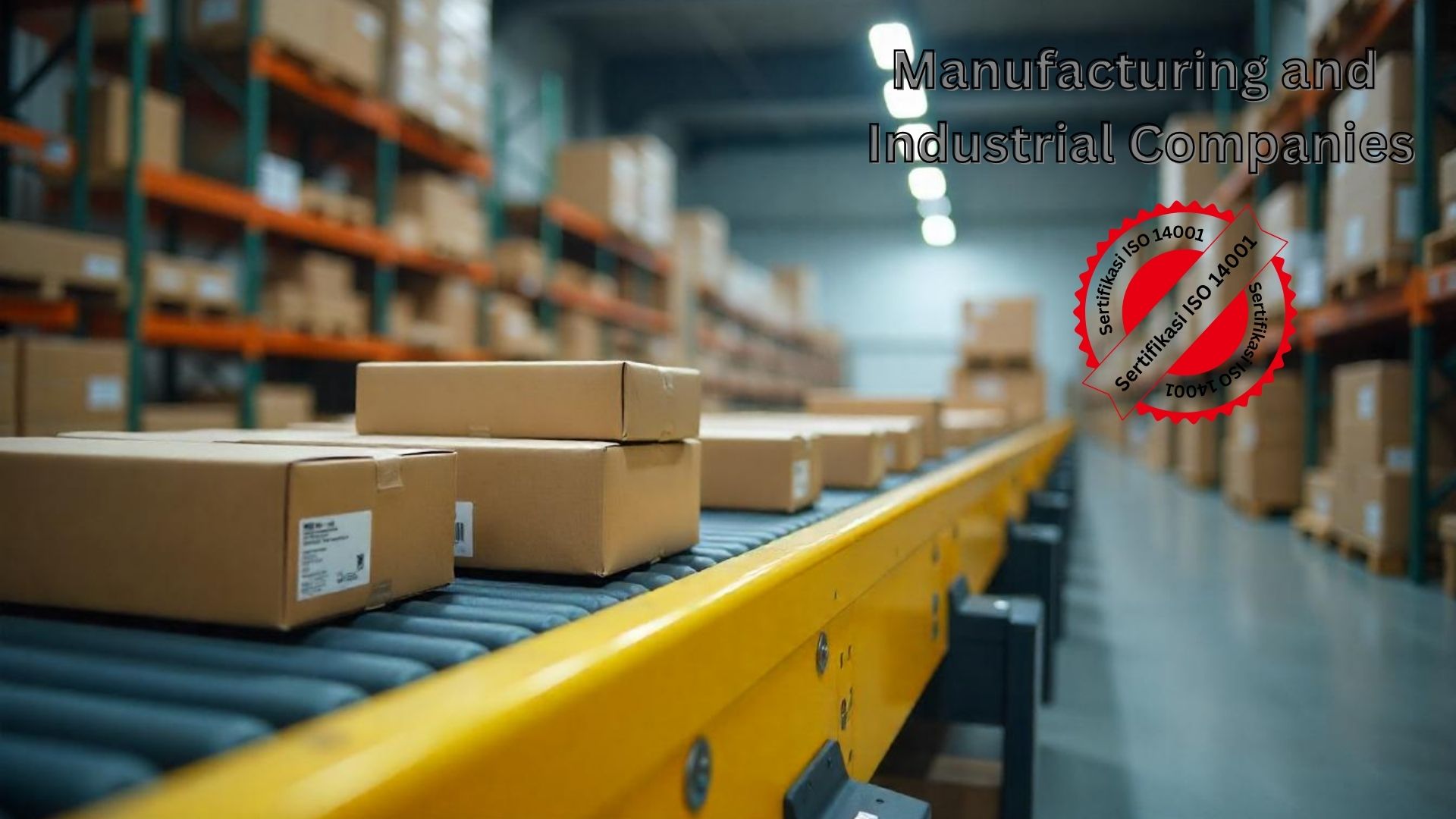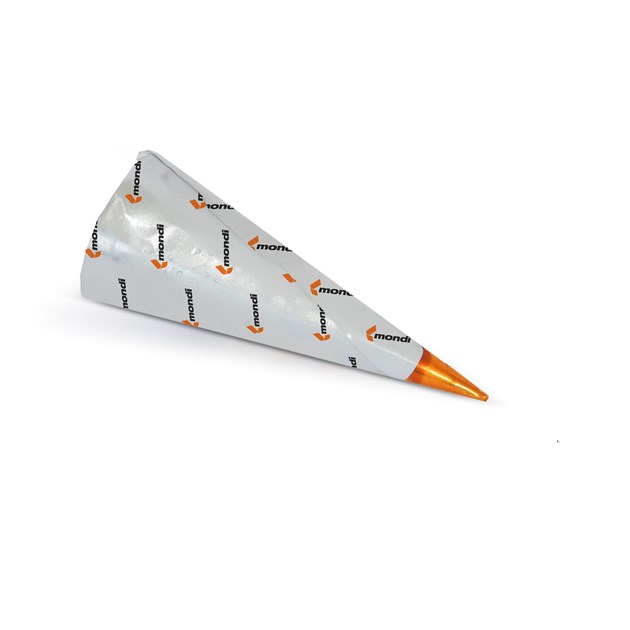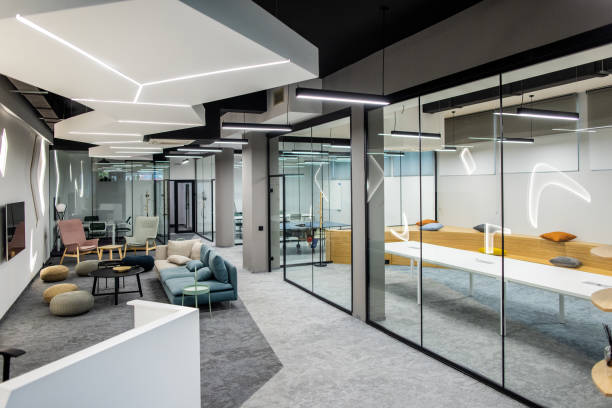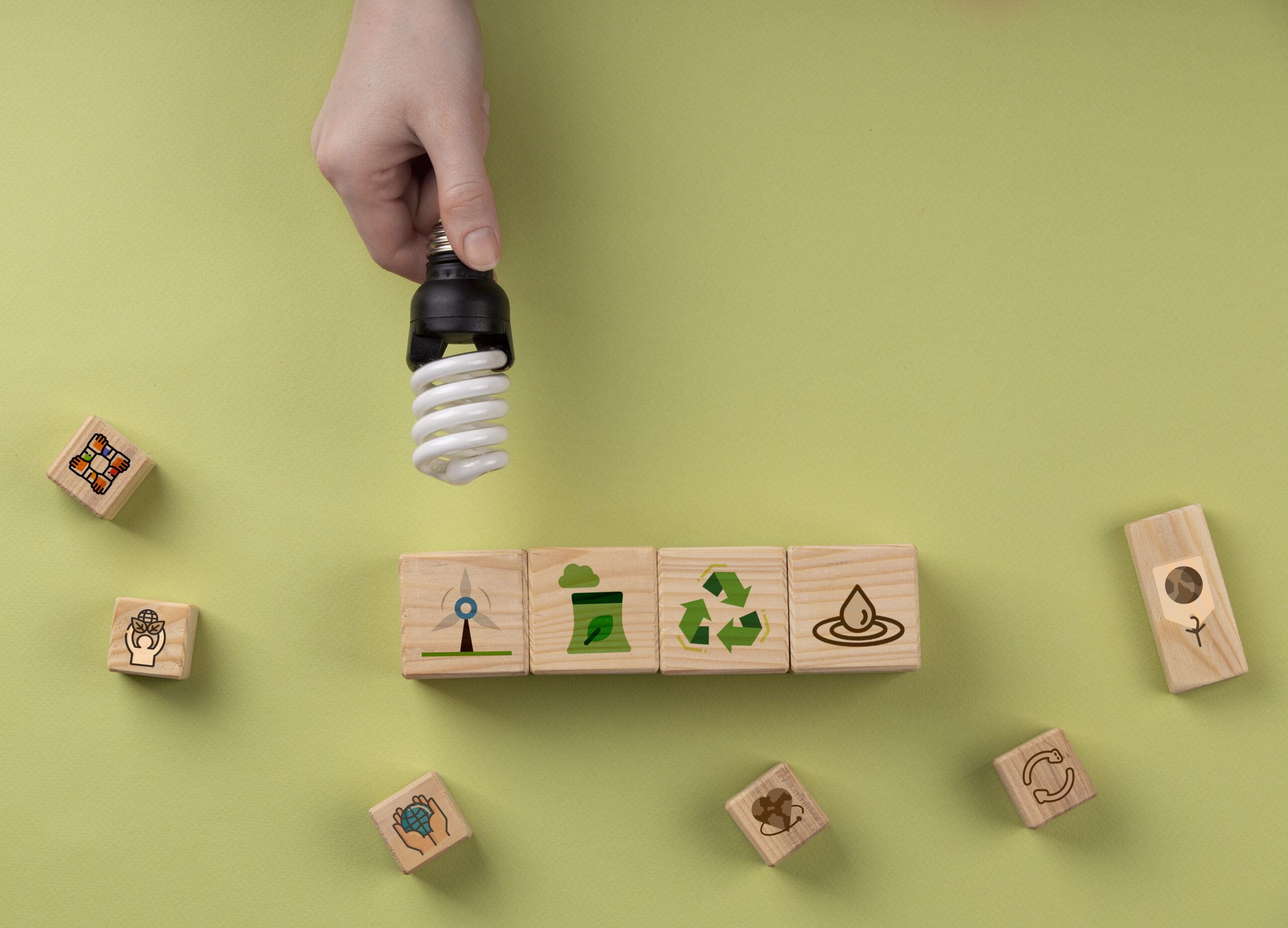When it comes to the exterior design of buildings, one of the most important aspects is choosing the right materials for cladding. Exterior facade tiles have become a popular choice in modern architecture, but how do they compare to traditional cladding materials like brick, stone, or wood? In this article, we will dive deep into the differences between exterior facade tiles and traditional cladding materials, examining their benefits, features, and how to choose the right material for your building.
What Are Exterior Facade Tiles?
Before we dive into the comparison, let’s first understand what exterior facade tiles are.
Exterior facade tiles are decorative tiles that are applied to the outer surface of a building. These tiles are designed to enhance the aesthetic appeal of the building while also offering functional benefits, such as weather resistance, durability, and insulation. Made from various materials like ceramic, porcelain, stone, and glass, facade tiles come in different colors, sizes, and textures to suit a variety of architectural styles.
Types of Exterior Facade Tiles
There are several types of exterior facade tiles, including:
- Ceramic Tiles: Affordable and versatile, these tiles are commonly used for facades due to their wide range of designs and finishes.
- Porcelain Tiles: Known for their strength and durability, porcelain tiles are often used for buildings in harsh climates.
- Natural Stone Tiles: These tiles are made from materials like granite, marble, and slate, giving a natural and luxurious look to buildings.
- Glass Tiles: These tiles are used to create modern, sleek facades and can be customized to fit a variety of colors and finishes.
What Is Traditional Cladding?
Traditional cladding materials are commonly used for exterior surfaces and include materials like brick, wood, metal, and stone. These materials have been used for centuries to protect buildings from the elements and enhance their appearance. Let’s take a closer look at these traditional cladding options.
Types of Traditional Cladding Materials
- Brick Cladding: Brick has been a staple in construction for centuries, offering a classic and timeless look. It provides strength and durability but can be heavy and may require more maintenance over time.
- Wood Cladding: Wood cladding offers a natural and rustic look to buildings. However, it requires regular maintenance, such as painting or staining, to protect it from weather damage.
- Metal Cladding: Metal cladding, usually made from aluminum or steel, is lightweight and durable. It can be easily molded into different shapes and finishes, but it may not provide the same aesthetic warmth as wood or stone.
- Stone Cladding: Stone has been used in building facades for centuries and offers a luxurious and durable option. However, stone cladding can be expensive, and the installation process can be complex.

How Are Exterior Facade Tiles Different from Traditional Cladding Materials?
Now that we have a basic understanding of both exterior facade tiles and traditional cladding materials, let’s look at the key differences between the two. From installation to cost, we’ll cover everything you need to know when choosing between these two options.
1. Durability and Weather Resistance
Exterior Facade Tiles: Facade tiles, especially porcelain and stone tiles, are highly durable and resistant to weather conditions like rain, heat, and cold. These tiles are designed to withstand the elements for many years without deteriorating. Some tiles even come with additional coatings that protect them from stains, dirt, and UV damage.
Traditional Cladding Materials: While traditional cladding materials like brick and stone are also durable, they may require more maintenance over time. For instance, wood cladding needs to be treated regularly to prevent rot and damage from moisture. Metal cladding, though durable, can be prone to rust, especially in coastal areas.
2. Installation Process
Exterior Facade Tiles: The installation of exterior facade tiles is relatively straightforward, especially with modern adhesives and techniques. Tiles are often applied to the facade using a bonding agent, and they can be easily replaced if damaged. The installation process is typically faster than traditional cladding methods, and no special skills are required to work with facade tiles.
Traditional Cladding Materials: The installation of traditional cladding materials can be more labor-intensive and time-consuming. For example, brick cladding requires skilled masons to lay each brick, which can be a slower process. Wood cladding may also require additional framing or support, and metal or stone cladding can require welding or specialized tools.
3. Aesthetic Appeal
Exterior Facade Tiles: Facade tiles come in a wide range of designs, colors, and textures, making it easier to achieve a modern or contemporary look. Tiles can be custom-designed to create a unique aesthetic for your building. Additionally, glass tiles can add a sleek, reflective finish, while natural stone tiles can provide an elegant and luxurious feel.
Traditional Cladding Materials: Traditional cladding materials like brick and wood offer a more classic and natural look. While these materials can be aesthetically pleasing, they may not provide the same level of design flexibility as facade tiles. For example, wood cladding can give a warm, rustic feel, while stone can offer a more stately appearance. However, achieving a modern or sleek look with traditional materials can be more challenging.
4. Maintenance and Upkeep
Exterior Facade Tiles: One of the key benefits of facade tiles is their low maintenance requirements. Once installed, they require very little upkeep. Tiles like porcelain and ceramic are easy to clean and maintain, and they are resistant to stains, dirt, and moisture. This makes them an excellent choice for buildings in areas with harsh weather conditions.
Traditional Cladding Materials: Traditional materials, especially wood, can require more maintenance. Wood cladding needs to be regularly treated with paint or stains to prevent damage from moisture and insects. Brick and stone cladding are more durable but may require occasional cleaning to maintain their appearance. Metal cladding can also require maintenance to prevent rusting, especially in coastal or humid environments.
5. Insulation and Energy Efficiency
Exterior Facade Tiles: While facade tiles are primarily used for decorative purposes, they can also contribute to a building’s insulation. Certain types of tiles, such as those with insulating properties, can help reduce heat loss or gain, making the building more energy-efficient. However, the insulation provided by facade tiles is not as significant as that provided by other materials, such as insulated panels.
Traditional Cladding Materials: Traditional cladding materials like brick and stone provide natural insulation due to their mass. Stone, in particular, can help regulate indoor temperatures by absorbing and slowly releasing heat. Wood, while not as effective as stone or brick, also offers some degree of insulation. In general, traditional materials tend to provide better thermal insulation compared to facade tiles.
6. Cost Comparison
Exterior Facade Tiles: The cost of exterior facade tiles can vary greatly depending on the material, size, and design of the tiles. Ceramic and porcelain tiles tend to be more affordable, while natural stone or glass tiles can be more expensive. However, facade tiles can be a cost-effective choice for larger projects due to their relatively simple installation process and low maintenance needs.
Traditional Cladding Materials: Traditional cladding materials like brick and stone can be more expensive upfront, especially when considering the labor costs associated with their installation. Wood cladding can be more affordable, but it may require more ongoing maintenance and treatment. Metal cladding, while durable, can also come at a higher cost, particularly if specialized finishes or materials are used.
7. Sustainability and Environmental Impact
Exterior Facade Tiles: Facade tiles can be made from a variety of materials, some of which are more environmentally friendly than others. For example, tiles made from recycled materials or those with low environmental impact can be an excellent choice for eco-conscious builders. Additionally, the durability and low maintenance of facade tiles contribute to their long lifespan, reducing the need for replacements.
Traditional Cladding Materials: Traditional cladding materials, particularly natural stone and wood, can have a significant environmental impact due to the resources required for their production and transportation. However, sustainable options such as reclaimed wood or locally sourced stone can help reduce the carbon footprint. Metal cladding can be made from recyclable materials, which adds to its environmental benefits.
Conclusion: Which Is the Best Choice for Your Building?
Choosing between exterior facade tiles and traditional cladding materials ultimately depends on your specific needs, budget, and aesthetic preferences. Facade tiles offer a wide range of design options, easy installation, and low maintenance, making them a great choice for modern buildings. However, traditional materials like brick, stone, and wood offer a timeless appeal, natural insulation, and durability that can stand the test of time.
If you’re looking for a cost-effective, low-maintenance option with modern design flexibility, exterior facade tiles might be the way to go. On the other hand, if you’re aiming for a classic, natural look with superior insulation properties, traditional cladding materials could be the perfect fit for your building. Whatever you choose, make sure to weigh the pros and cons of each material to find the one that best suits your project.
For More Insightful Articles Related To This Topic, Feel Free To Visit: viewsparrow.












